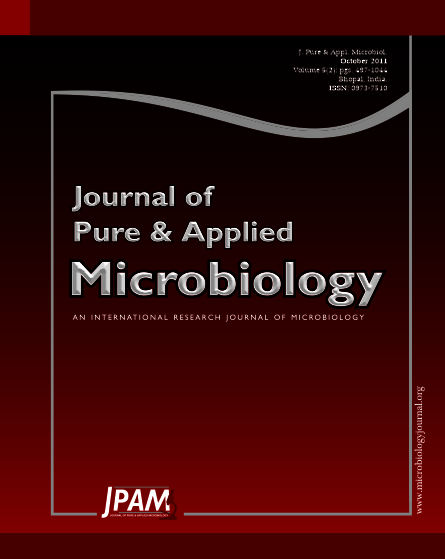Acacia are a genus of shrubs and trees and are widespread around the world mainly in Africa and Australia. They belong to the family of leguminous plants. Acacia reficiens is a small tree or bush that can grow up to 8m in height. Acacia reficiens are used for felling and charcoal production, their leaves are browsed by various animals, their bark and roots are used medicinally. In recent years, Acacia species in Namibia are being attacked by fungal species. It is of great importance to identify these pathogens so that mechanisms of inhibition can be designed to prevent their further spread in vivo and thus protect and conserve these tree species in their natural habitats. The aim of this study was to isolate and identify fungal species that are associated with gall formation on Acacia reficiens in the Numas river area in Namibia using morphological and molecular methodologies based on PCR and ribosomal DNA of the Internal Transcribed Spacer region (ITS region). In the study, infected Acacia reficiens branches were sampled and pure cultures were made. DNA was extracted from them and a Polymerase Chain Reaction (PCR) was done to amplify the extracted DNA. The PCR products were sequenced by the Sanger method and the identity of the fungal species was obtained by using the BLAST search. There was a 98%, 99% and 98% similarity between the subject and query sequences. The isolated fungi were identified to be Periconia sp., Sporomielle isomera and Gliocladium cibotii. These are first reports on Acacia reficiens in Namibia. However, Koch’s postulates and further studies must be done to determine the pathogenicity of these fungi and to verify whether they are associated with gall formation on the Acacia reficiens in the Numas river area in Namibia.
Acacia reficiens, gall formation, ITS, pathogenic fungi, Namibia
© The Author(s) 2011. Open Access. This article is distributed under the terms of the Creative Commons Attribution 4.0 International License which permits unrestricted use, sharing, distribution, and reproduction in any medium, provided you give appropriate credit to the original author(s) and the source, provide a link to the Creative Commons license, and indicate if changes were made.


